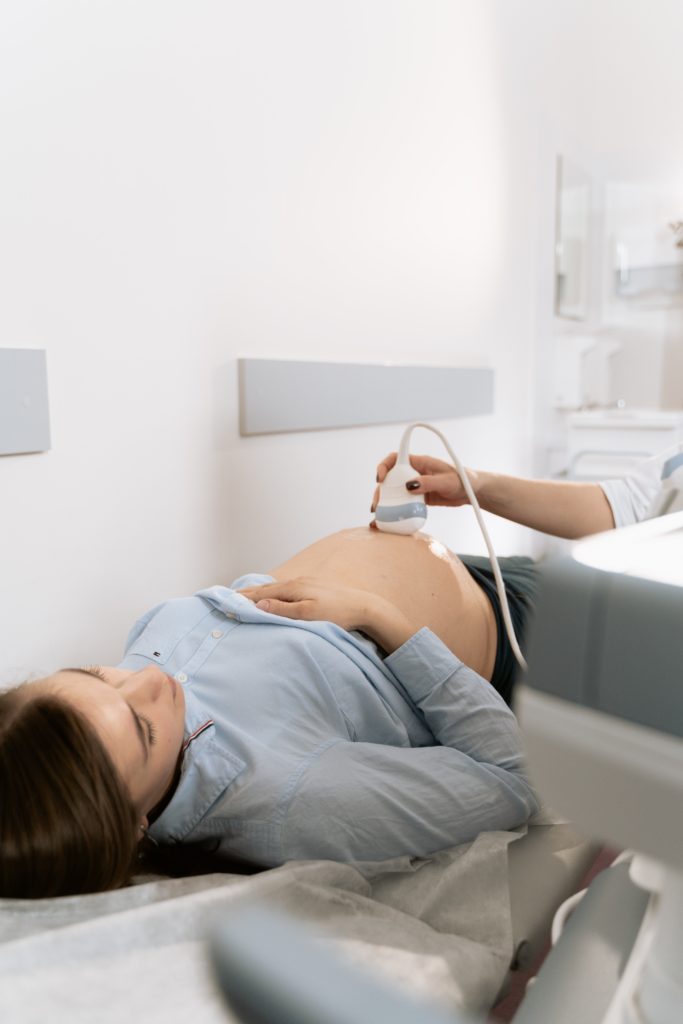Normal physiological processes occur during pregnancy that predispose everything for labor. However, pathologies may occur that put the life of the mother and baby at risk.
These conditions must be treated with great attention, establishing an adequate environment for the care and possible risks that may arise while waiting for the appropriate time for gestation.
During pregnancy, the placenta moves because the uterus stretches and grows. This placental movement must follow a specific order according to the weeks of gestation. Normally, by the ninth month, the placenta is located in the upper part of the uterus, giving free access to the cervix for labor.
When the placenta partially or completely covers the cervix, it is called placenta previa. This condition may develop marginally, when the placenta is located on one side of the cervix, without covering the opening. Partially, when the placenta covers part of the opening. And completely, when the placenta covers the entire cervical opening.
Conditions predisposing to placenta previa
Placenta previa usually develops in one in two hundred women, and there are conditions that predispose to the development of such a condition:

- Abnormalities in the uterus.
- Multiple pregnancies: twins or triplets.
- In vitro fertilization.
- History of numerous deliveries.
- Scarring of the uterine lining due to damage from surgery, miscarriage or cesarean section.
- Women with advanced age.
- Women with unhealthy habits, who smoke or use drugs.
Symptoms and tests
Symptoms vary depending on the form in which the pathology presents, but generally speaking, the main symptom is vaginal bleeding. In most cases, bleeding begins in the sixth month and can be life-threatening. It can also occur at the time of delivery.
Sometimes, the bleeding stops on its own, but it returns within a few days. The seriousness of the pathology consists in the hemorrhage and the early delivery, since it is usual that after the first episode of vaginal bleeding, labor begins.
To diagnose placenta previa, it is enough to observe an ultrasound, based on this, care and treatment are established to avoid premature delivery or death of the mother and baby due to hemorrhage.
Care and treatment
The specialist will have to determine the risk of bleeding compared to the risk of premature delivery. Thus, it is in the best interest of both mother and baby to have a cesarean section after 36 weeks.
In these cases, the solution to avoid a fatal hemorrhage because the cervical opening is obstructed by the placenta is to perform a cesarean section.
Also, the mother is advised to rest in bed and not to have sexual intercourse. Other ways are blood transfusions, steroid injections to help the baby’s lung maturation, among other medications and special care.













